A New Way to Pickle

Koji - what is it? I had never heard of this word until a few years ago. From time to time, I would hear about it from the depths of the kitchen walls as it was quickly tossed into a mix or coated onto something before being whisked away. It could create a completely different product accompanied by a flavor that I otherwise couldn’t recreate through normal culinary processing techniques. After years of taking a back seat to this ingredient, I finally decided to dive head first into the world of Koji and what I found was something much more versatile than I expected.
So I'm sharing a brief explanation of what Koji is, its uses, and also a recipe for making Koji fermented pickles that will blow your mind.
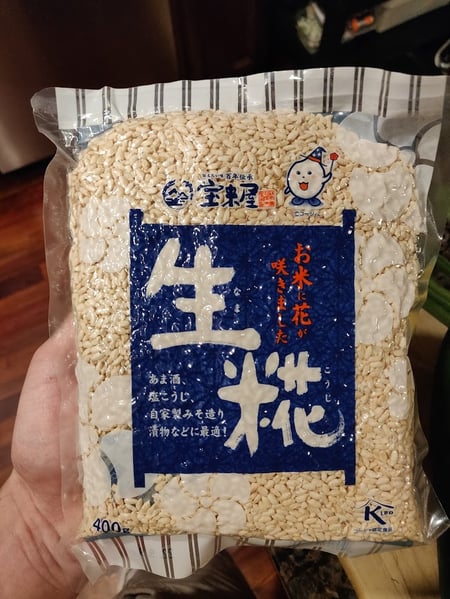 The first recorded use of Koji was back in the 8th century in a book called Harimanokuni Fudoki where it talks about some dried cooked rice becoming wet and then forming a mold on it. Though this doesn’t show who discovered Koji, it does explain that this item was being created at the time in Japan. It was thought that the first use for it was to create sake - an alcoholic rice water that was created through the fermentation of rice.
The first recorded use of Koji was back in the 8th century in a book called Harimanokuni Fudoki where it talks about some dried cooked rice becoming wet and then forming a mold on it. Though this doesn’t show who discovered Koji, it does explain that this item was being created at the time in Japan. It was thought that the first use for it was to create sake - an alcoholic rice water that was created through the fermentation of rice.
You may still be a bit confused on what Koji is, and for good reason, because Koji is not a single item. Koji is more like a technique that is used to create other products through the inoculation of ingredients with the mold spore Aspergillus oryzae.
Now why would people want to eat mold? For the same reason humans love cheese, dry-aged proteins, or even fermented items like pickles. There is an inherent flavor profile that is developed through the use of Aspergillus oryzae that is hard, if not impossible, to replicate without the use of some form of mold or microbe. Some of our favorite items that we eat every day come from similar molds if not the exact mold used in Koji. Products such as soy sauce, Miso paste, Mirin, sake, Gochujang, rice vinegar and more.
This flavor comes from a simple compound called glutamic acid which is a byproduct created from the mold on Koji. Glutamic acid is also known better yet to be the flavor of Umami. You can learn more about umami and other aspects of flavor in our Flavor Dynamics class which is coming up on Sunday, September 18 at 10am at Lincoln Square.
Coming full circle though, I hope it’s making sense now why we use a mold when processing some foods. It’s for that delicious Umami flavor! With the knowledge and ability to extract flavor out of otherwise ordinary ingredients, we can create products out of scraps that would otherwise be trashed. Koji is seen as being a miracle ingredient not only for its flavor-enhancing capabilities but also for its ability to reduce food waste to basically 0%. Below is a simple recipe that you can use to turn your leftover vegetable scraps into pickles.
Unlike the traditional methods of pickling, which can take anywhere from three days to upwards of a month or more, using Koji can cut that time down to as little as two hours! This goes the same for other uses of Koji such as dry aging which can reduce one month drying times down to as little as one week and give similar, if not even better, results. This will be discussed in my blog post next month titled “Unlocking the Secretes of Protein.”
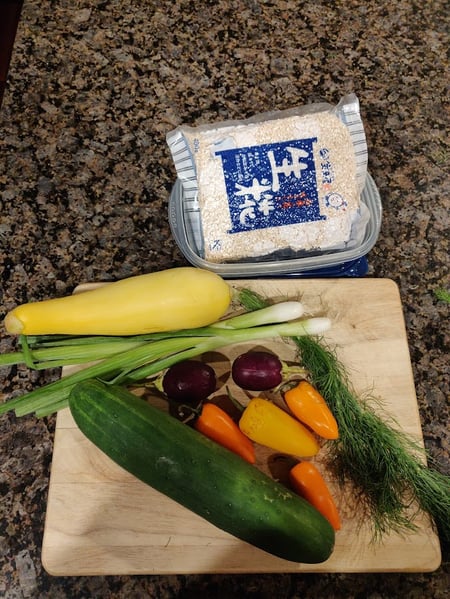 To make this dish, we’ll first need to process the Koji a little bit to make it easier to use. We can simply do this by tossing the Koji grains into a blender to make them into a powder. Typically you can buy the Koji grains online for relatively cheap, and they will come in a vacuum-sealed bag or in a can. It can be grown on really any medium but is most often than not sold on rice grains, but can be found on soy, barley, wheat, etc. The one I’m using in this recipe is a rice-based Koji.
To make this dish, we’ll first need to process the Koji a little bit to make it easier to use. We can simply do this by tossing the Koji grains into a blender to make them into a powder. Typically you can buy the Koji grains online for relatively cheap, and they will come in a vacuum-sealed bag or in a can. It can be grown on really any medium but is most often than not sold on rice grains, but can be found on soy, barley, wheat, etc. The one I’m using in this recipe is a rice-based Koji.
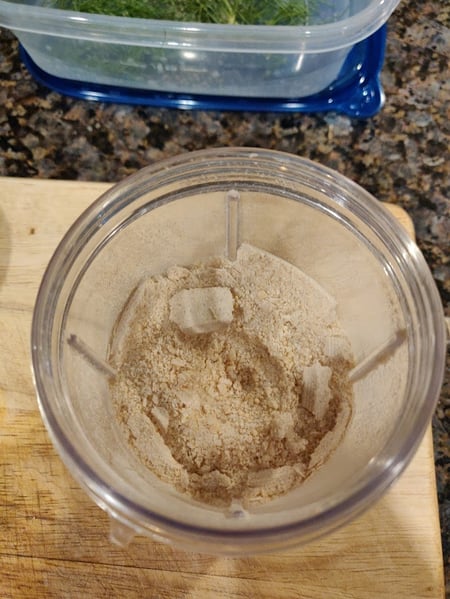 To make the pickles, just take any vegetable scraps you have laying around and salt them to allow for water to be drawn out of them. We want to use this water to create our marinating mixing for the pickles.
To make the pickles, just take any vegetable scraps you have laying around and salt them to allow for water to be drawn out of them. We want to use this water to create our marinating mixing for the pickles.
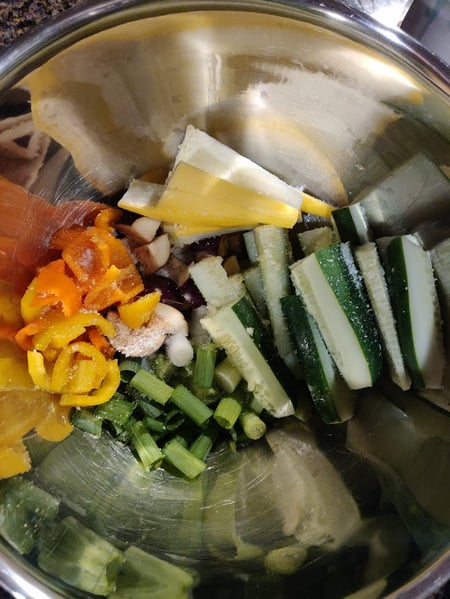 Separate the liquid from the vegetables (about ½ cup) and mix in 2 Tablespoons of Koji powder until a paste is formed.
Separate the liquid from the vegetables (about ½ cup) and mix in 2 Tablespoons of Koji powder until a paste is formed.
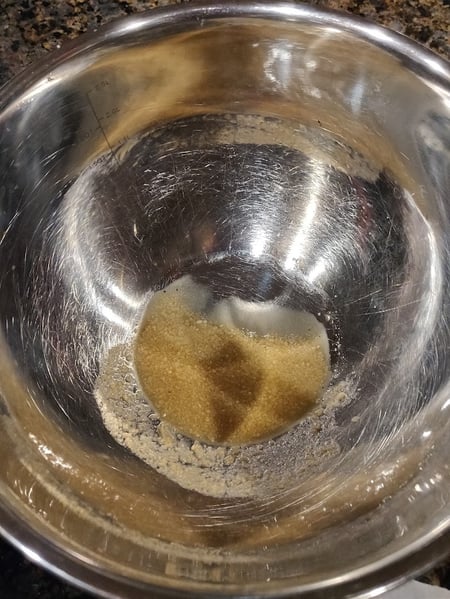 Place the vegetables and the Koji water mixture in a Ziploc bag or plastic container. Mix well until all the vegetables are coated and then allow to sit at room temp for one hour to one day before refrigerating. The thicker the vegetable, the longer it will take. You can also add in spices or other flavorings such as chili flakes, paprika, or even mustard powder at this point to change the end result.
Place the vegetables and the Koji water mixture in a Ziploc bag or plastic container. Mix well until all the vegetables are coated and then allow to sit at room temp for one hour to one day before refrigerating. The thicker the vegetable, the longer it will take. You can also add in spices or other flavorings such as chili flakes, paprika, or even mustard powder at this point to change the end result.
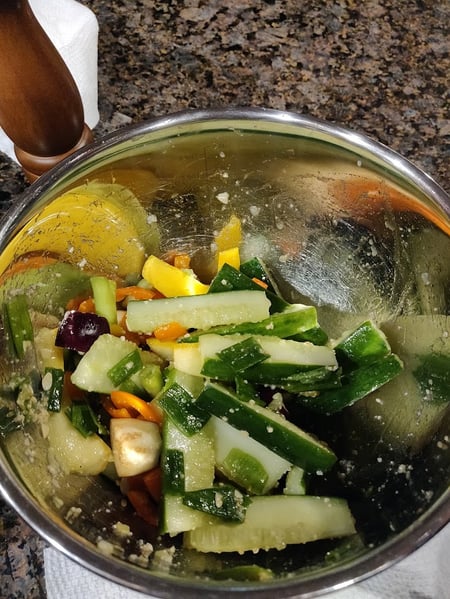
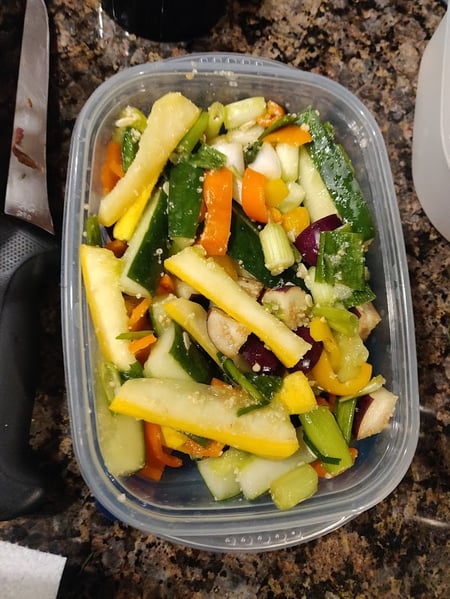 Enjoy this unique and irresistible twist on classic pickles.
Enjoy this unique and irresistible twist on classic pickles.
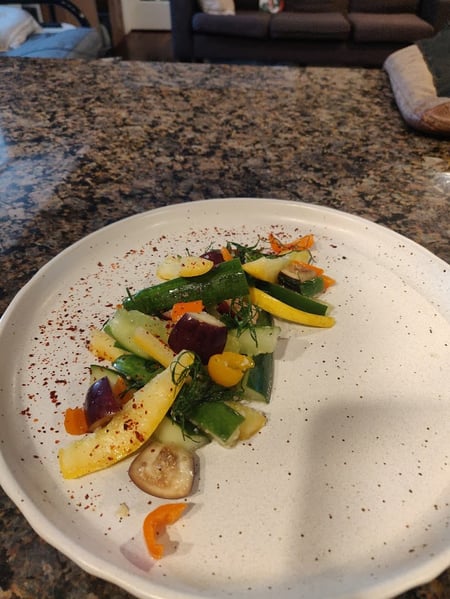 If you want to learn more about Asian cuisine, check out our virtual Southeast Asian Workshop on Sunday, August 21, 2022 at 3pm CST to take a deeper dive into the cuisine and the ingredients used in it.
If you want to learn more about Asian cuisine, check out our virtual Southeast Asian Workshop on Sunday, August 21, 2022 at 3pm CST to take a deeper dive into the cuisine and the ingredients used in it.

